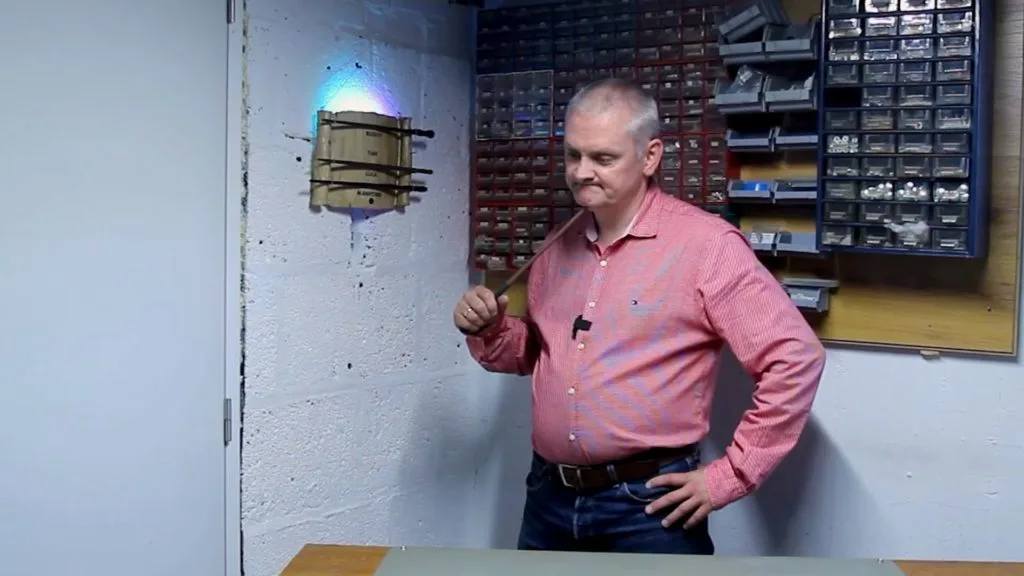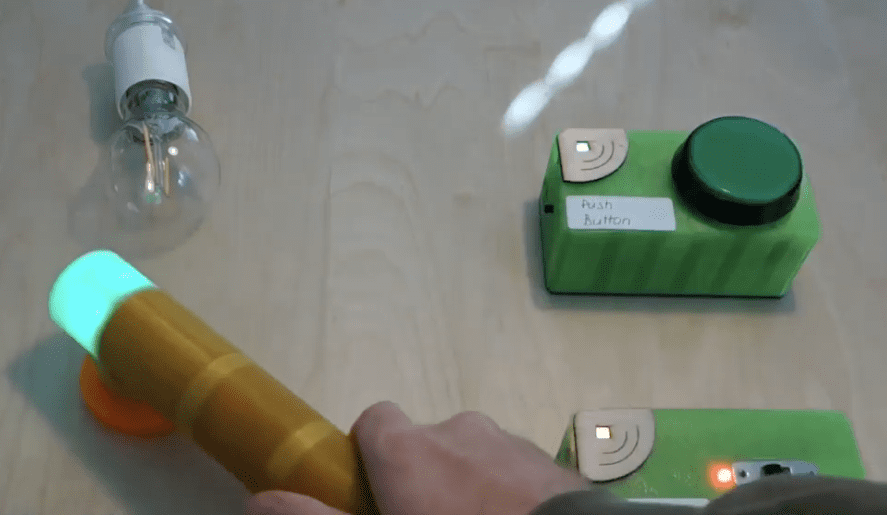Schlagwort: Magic Wand
-

Magic office gadget encourages coworkers to solve problems
Reading Time: 2 minutesWhether it’s budget issues, lack of time management, or simply not having any ideas for solving the issue at-hand, dealing with coworkers who bring up these problems is a pet-peeve of element14 Presents host Mark Donners. In response, he built a simple wall-mounted ornament consisting of a series of magic wands that prods coworkers to…
-

Program smart devices with a ‘magic wand’
Reading Time: 2 minutesProgram smart devices with a ‘magic wand’ Arduino Team — May 15th, 2019 Consider how interactive devices have come to dominate our lives. Once the purview of a select few in large laboratories, powerful gadgets—supercomputers even—are carried with us everywhere we go in the form of smartphones. And as everything around us…

